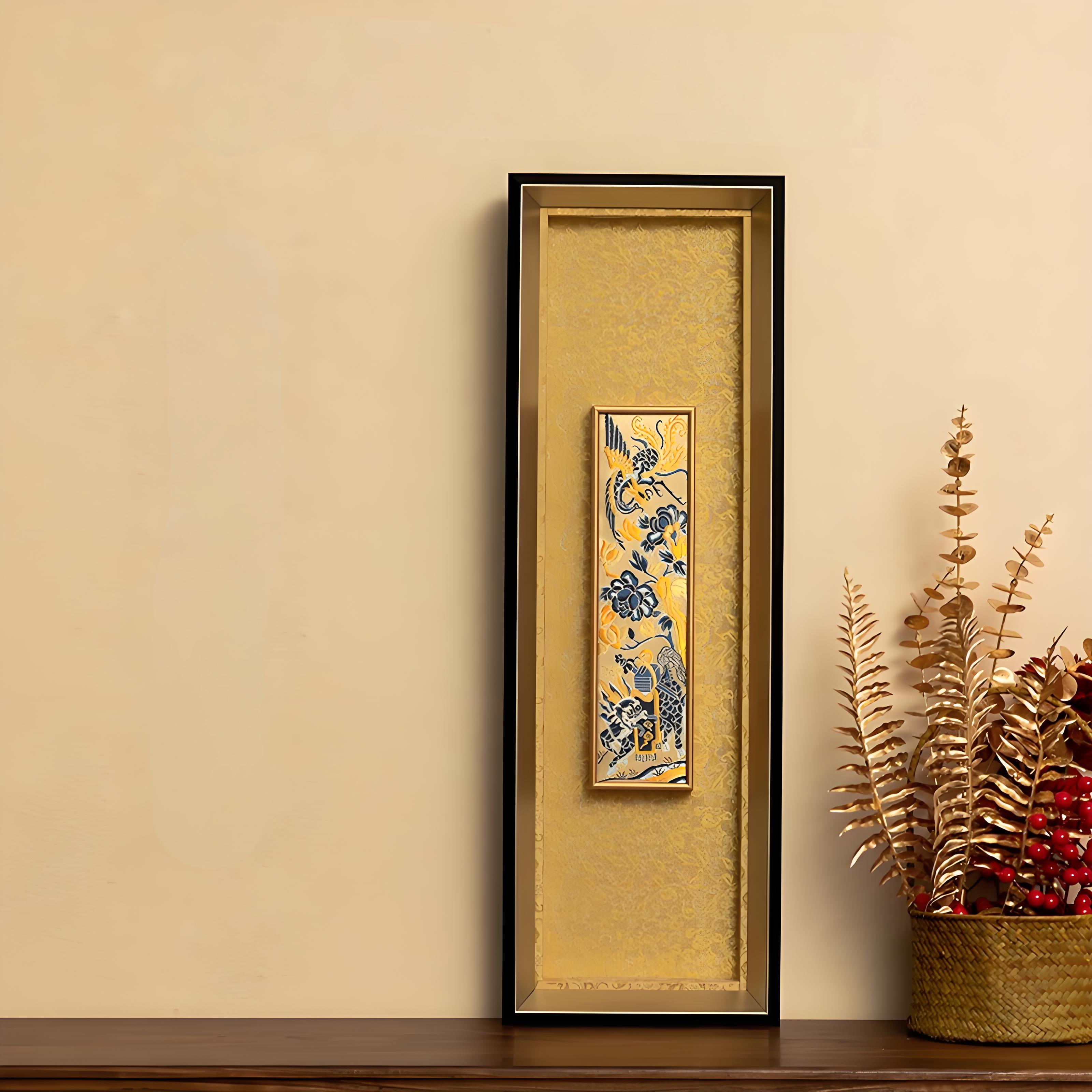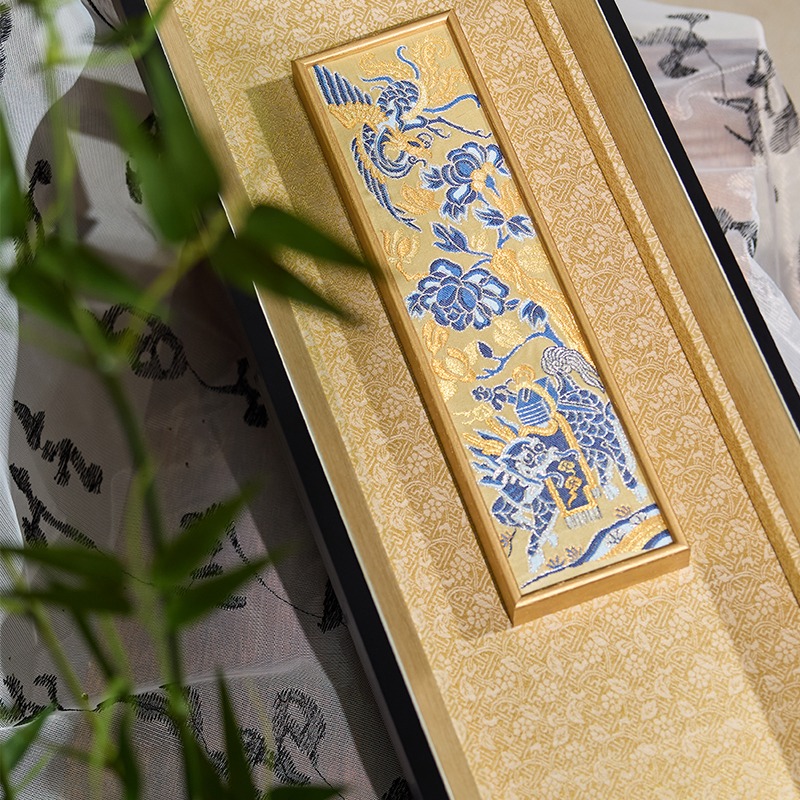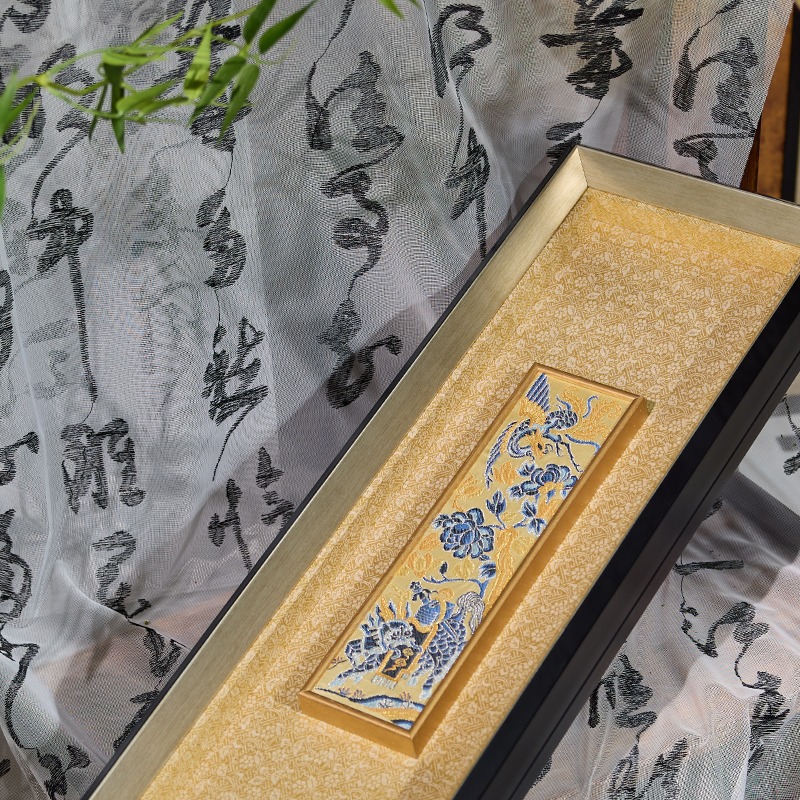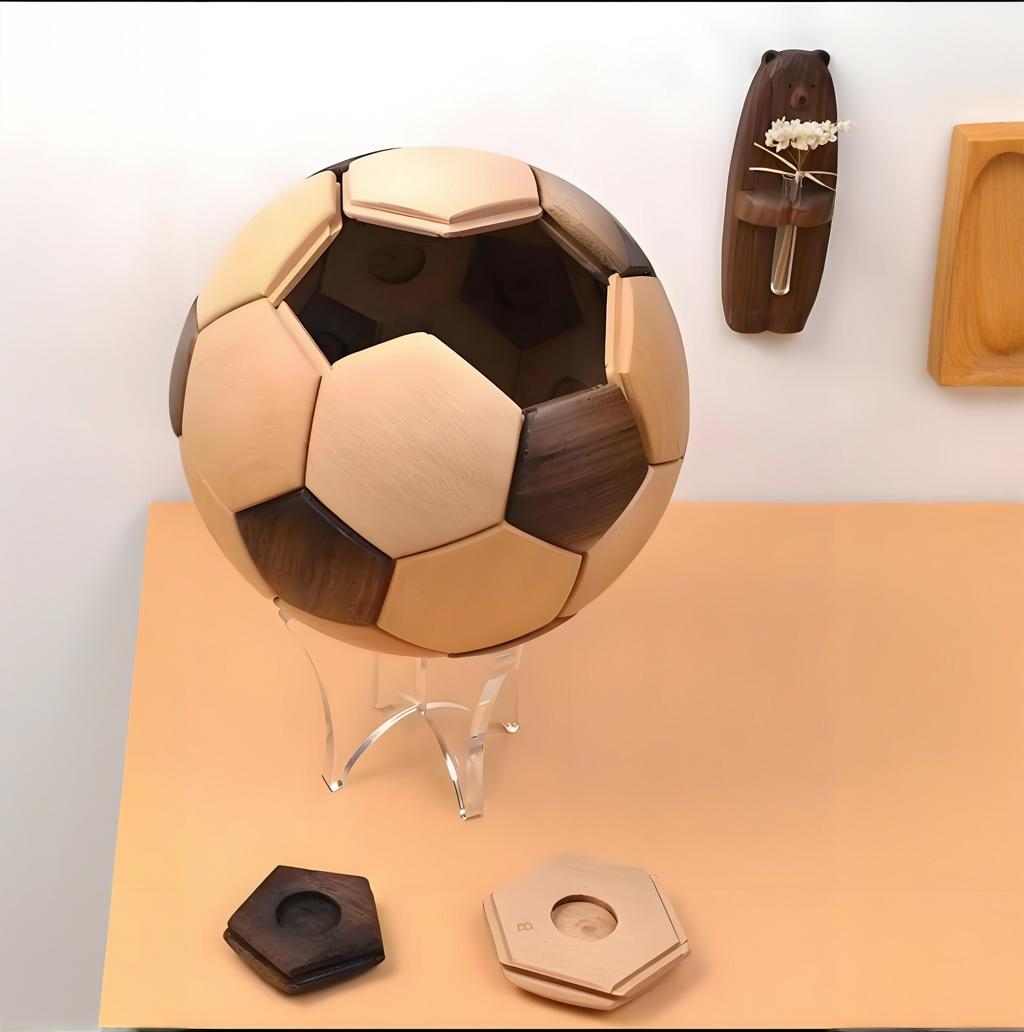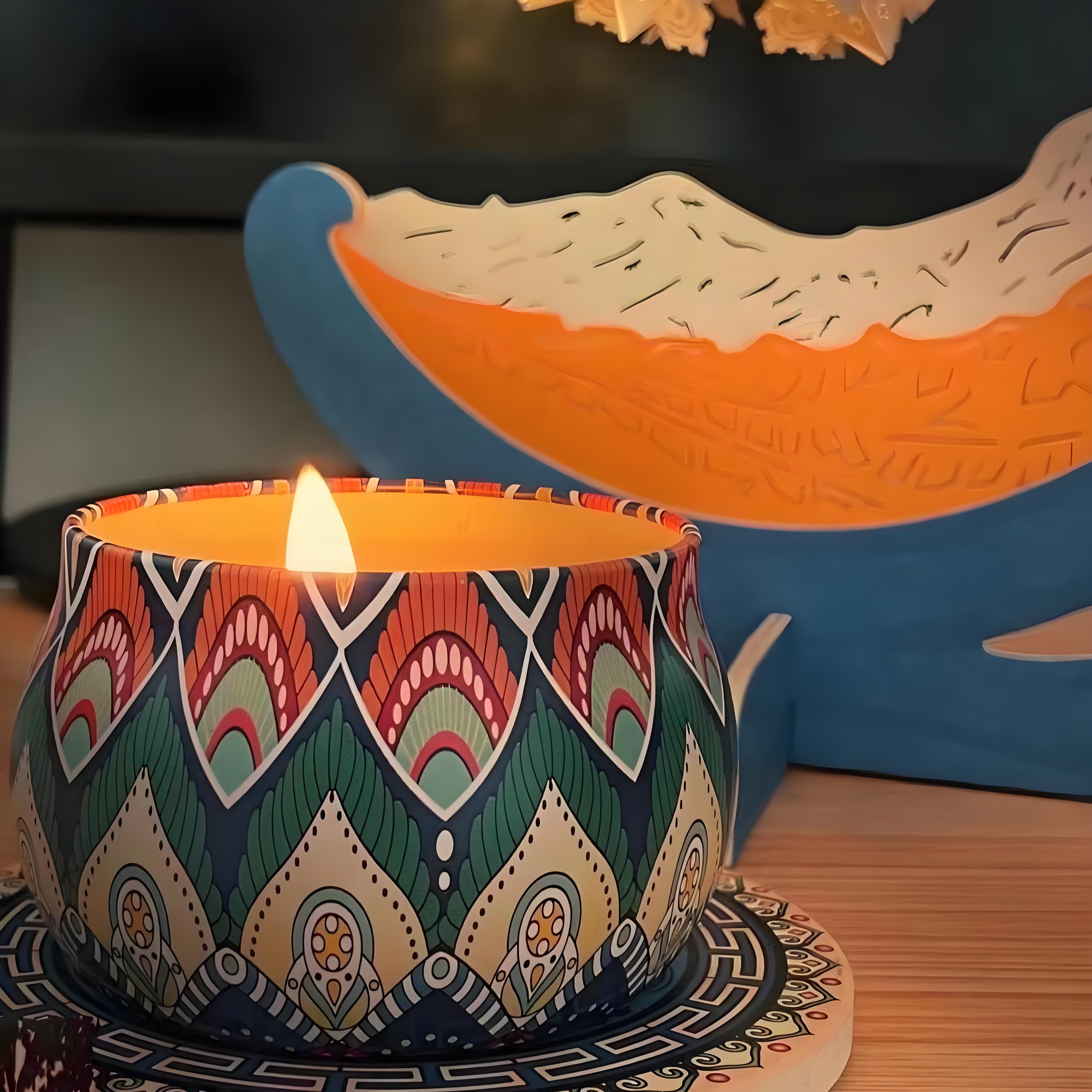The Mandate of Heaven: A Woven Prophecy
United Nations Registration No.00200
Heritage Since
Phoenix-Qilin Pairing in Han Dynasty (2nd Century AD)
Collector Grade
1 of 5 Annual Pieces by Master Chen (Descendant of 1598 Imperial Weavers)
Manual Hours
10,000 Needle-Pricks QA Check per Panel
📜 Story Behind the Craft
This framed piece is inspired by a Qing dynasty chair cover, richly embroidered with gold-threaded phoenix and qilin imagery. These sacred creatures were seen as omens of peace, prosperity, and moral virtue — appearing only in times of wise and benevolent rule.
In Chinese legend, the phoenix represents rebirth and happiness, while the qilin (often called the “Chinese unicorn”) symbolizes longevity, serenity, and good governance. Together, they express the ideal of heaven’s blessing on a peaceful world — an image often woven into imperial textiles and courtly settings.
The phrase “威凤祥麟” captures this imagery, suggesting a world where nature and society thrive together.
📐 Product Specifications
- Overall Size (including frame): 9.4 × 28.7 in
- Frame Border Width: 1.2 in
- Material: 100% mulberry silk brocade (Yunjin weaving)
- Packaging: Archival-quality cultural gift box
- Recommended Display: Entryways, corridors, reading rooms, or ceremonial gifting
🤝 Made with Care
- Ethically sourced, naturally pure silk
- Handmade without industrial intervention
- 100% biodegradable and eco-conscious
- Created in limited numbers with cultural intention
- Committed to preserving symbolic artistry and traditional craftsmanship
🧵 Craftsmanship & Ingredients
This embroidery is woven using the traditional Yunjin loom technique, where two artisans coordinate movements above and below a treadle-operated wooden loom. Layers of dyed silk and gold thread are precisely interwoven to achieve textural depth and shimmer.
The composition features rising phoenixes, galloping qilin, and blooming peonies — all hand-drawn and arranged with symmetrical balance and auspicious orientation. Every thread placement echoes classical design logic used in imperial palaces.
🌏 Artisan & Origin Spotlight
This piece is made by the Nanjing Yunjin Brocade Research Institute, China’s premier institution for preserving imperial textile heritage. The artisans involved are part of a lineage-based tradition, and each design is still created through manual patterning, drawing, and loom operation — as it has been since the Tang dynasty.
This dedication ensures that the aesthetic, spiritual, and material dimensions of Yunjin remain fully intact.
🏛️ Cultural Heritage Recognition
Rooted in Imperial Weaving Legacy
The Yunjin weaving tradition, known as “Cloud Brocade,” flourished in Nanjing and was once exclusive to the robes and furnishings of Chinese emperors. Its layered construction, metallic embellishments, and symbolic designs represent the highest form of traditional silk artistry.
In 2009, this practice was officially inscribed on the UNESCO List of the Intangible Cultural Heritage of Humanity, in recognition of its cultural depth and artistic complexity.
UNESCO ICH Registration
🔖 UNESCO ICH No.00076
🔗 Learn more on the UNESCO Intangible Cultural Heritage website →
When you bring this piece into your home, you are not only honoring beauty — you are helping a world heritage stay alive.
Certified recognition by UNESCO strengthens our commitment to authenticity, sustainability, and cultural respect.
Our Promise to You
From quality to care, we’re here to make your experience smooth and meaningful.

